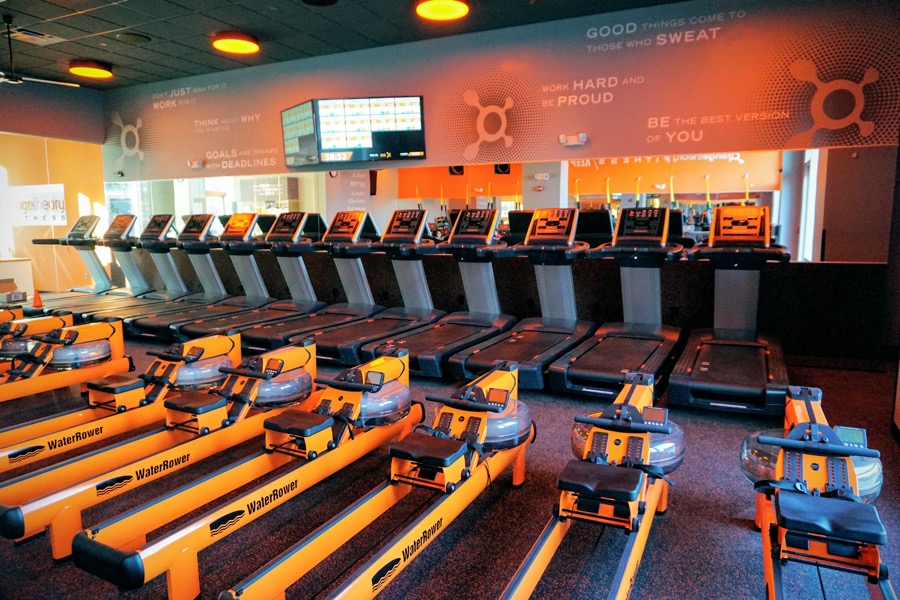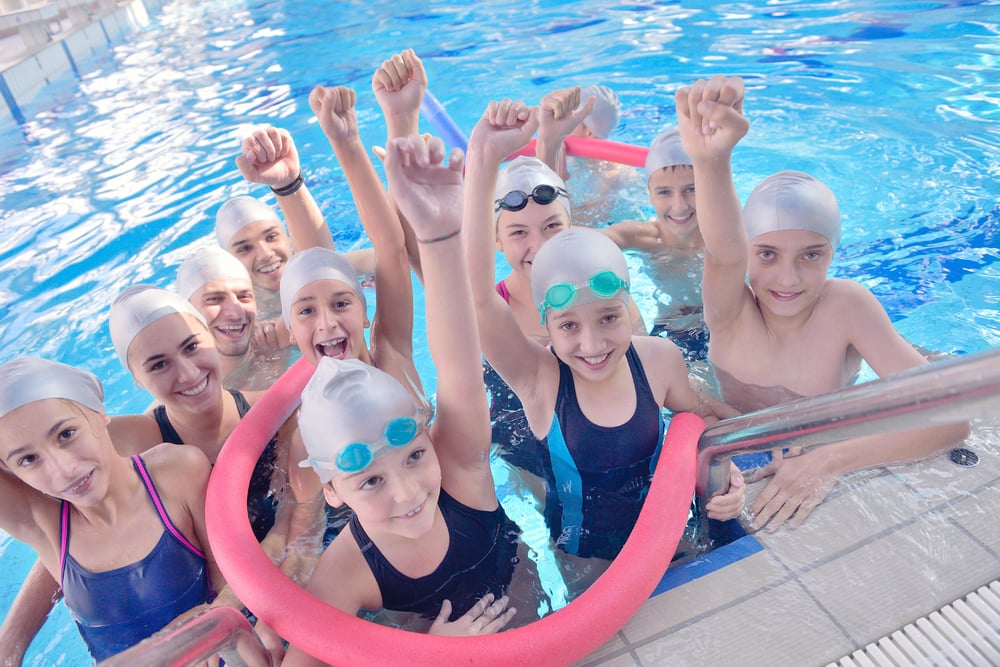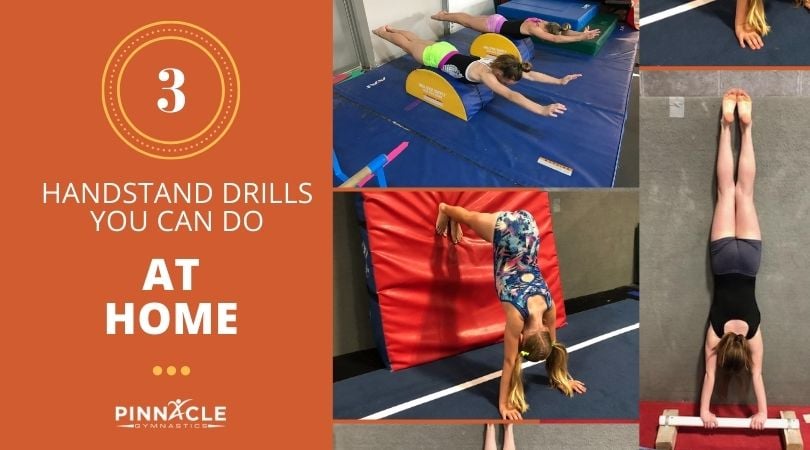5 Stretches For Active Kids
Note that kids (and adults) should stretch when their muscles are warmed up. So, if your child hasn't just been exercising, they should do a short warm-up, such as dancing or walking or jogging in place, prior to stretching.2
The following stretches for kids do not have to be done in this order. But generally, it is a good idea to stretch the spine first and then move from the upper to the lower body. Hold each stretch for 20 to 30 seconds at the point of tension or tightness—but not pain—and repeat a few times switching legs and arms as needed. Avoid bouncing in the stretch, and don't forget to breathe.
Child's Pose
This stretch is also named yoga pose is a good way to begin and/or end a stretching session and its very relaxing.
Kneel with toes touching and knees spread apart. (Some kids prefer to keep their knees together. Try both ways to see which is more comfortable.) Slowly, bend over and touch the forehead to the ground. If the head does not reach the ground, place it on a rolled-up towel, yoga block, or firm cushion.
Arms can be at the sides, palms facing up, or extended in front of the head with palms on the floor. Inhale and exhale slowly and deeply; hold for 3 to 5 breaths.
Learn the Side Lever
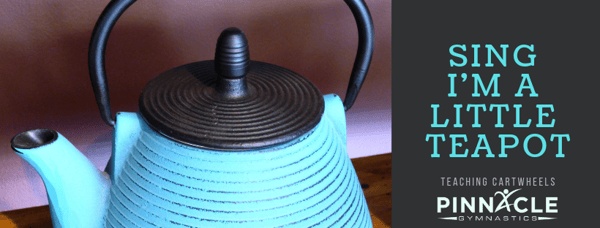
Once you have determined your child's dominant foot then another step to practice is called the side lever, or the transfer of the weight from the feet to the hands. Have your gymnast stand side with their dominant foot slightly in front. Next, have them place the same arm up in the air and the other hand on their hip like the handle of their tea pot. Sing the I'm a little tea pot song and when its time to tip over have your child place the arm that is up on the ground and lift their non dominant foot in the air. This is the beginning of the cartwheel. This levering action helps your child understand which hand to place on the ground first and how to coordinate the arm and leg moving at the same time.
Check out this video of I'm a Little Teapot in Action!
Build Strength
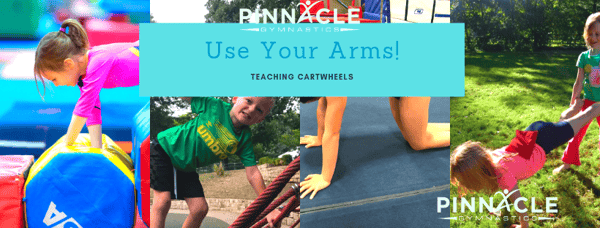
Cartwheels require your child to be able to support their full body weight with just their arms. This is not easy. Help your child develop this strength by encouraging them to bear crawl, wheelbarrow walk, and tackle obstacles on the playground. In addition, you will want to have your child practice the cartwheel hop. Have them place their hands on the ground and hop their feet from one side of their hands to the other side. To make it more challenging try placing their hands on bench or elevated surface and have them jump their feet from one side to the other. You will find that developing upper body strength is not only required for great cartwheels, but also for writing skills in school.
Get Inverted
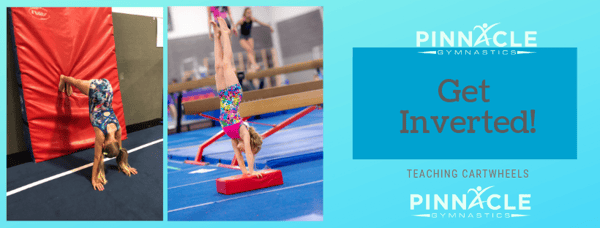
Practice getting inverted. Once your child has the upper body strength to support their weight on their hands then it is time to practice being in handstand. The handstand is one part of the cartwheel as you pass through a straddle handstand when cartwheeling. Have your child walk their toes up and down the wall to get inverted. Once they are comfortable walking up and down the wall have them trying kicking to a handstand against the wall. The handstand doesn't have to be perfect to master the cartwheel, but it is an important part of the skill.
Break Down the Positions & Rhythm
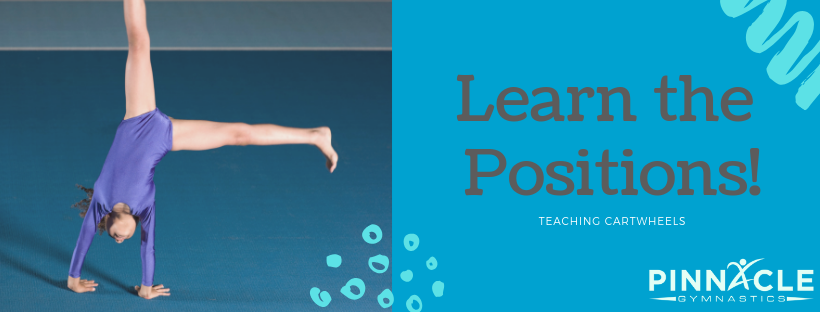 Now, it is time to put the cartwheel together. The cartwheel begins in a lunge position with the dominant foot in front. The next step is to use the side levering action to transfer the weight from the feet to the hands. Once on the hands the gymnast should show a straddle handstand position. Last, the gymnast pushes off of their hand to land on their none dominant foot first. The patter is hand down, hand down, foot down, foot down.
Now, it is time to put the cartwheel together. The cartwheel begins in a lunge position with the dominant foot in front. The next step is to use the side levering action to transfer the weight from the feet to the hands. Once on the hands the gymnast should show a straddle handstand position. Last, the gymnast pushes off of their hand to land on their none dominant foot first. The patter is hand down, hand down, foot down, foot down.
Last, your gymnast will need to practice, practice, practice. Let them practice each step over and over until they are comfortable and confident with the whole process.


